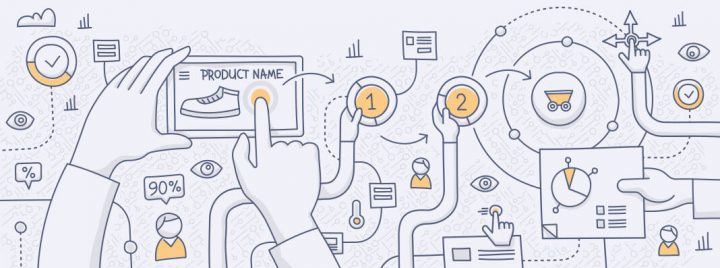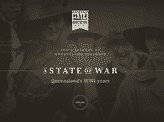Usability testing is an important part of any product development if you want to gain consumer insights and opinions before a product is officially launched, or changes made to an existing product.
It’s overall different from other types of testing, like user testing (to determine if a person would actually use your product), or functional testing (to determine if the product actually works as intended).
In this article, we’re going to explore what exactly usability testing entails, tips on finding the perfect participants, and when to actually perform usability testing studies.
What is usability testing?
Usability testing refers to the process of evaluating a product or service via representative users, and typically involves observing the users reactions, comments, and facial expressions. It can be used for many types of products, but perhaps the simplest example would be websites.
So for a website, you would recruit your participants, and observe them in real-time navigating the website. The participant is encouraged to think aloud and comment on whatever immediately comes to mind. This is important for website usability testing, because you’d want to know a user’s immediate reaction to your website design.
Other usability techniques would be giving the user specific tasks to complete, such as navigating from point A to point B on your website. Aside from listening to their comments, you’d also be paying attention to emotional cues like facial features, so overall you can get both qualitative and quantitative data for improving the product.
How to choose the best participants
The process of recruiting the best participants for research studies can vary depending on the product, but there are overall some good practices to follow. We’ll briefly explain a few here, and you can get a lot more information from this article on how to recruit participants for a study.
The primary tips for recruiting people into usability testing and research studies revolve around really boiling down your core audience. That means thinking about who the primary demographic of your product users will be, and using pre-screening questionnaires to find the perfect participants.
You don’t want to be too general with your demographic. According to the article we linked above, you want to define your demographic targeting based on these criteria:
- Demographics: Age, gender, education, income, marital status, etc.
- Geographics: Country, city, region, or radius around an area
- Psychographics: Activities, hobbies, interests, and opinions
- Behaviors: What they do (e.g. “regularly commutes by car”).
With very specific participant criteria like that, you’ll avoid over-generalizing your product and future consumers.
Another good technique is by asking articulation questions in pre-screening, which require more thoughtful and descriptive responses. You want participants that are able to express their opinions articulately and give you more valuable feedback than someone who is less descriptive.
For example, if you asked somebody their favourite type of music and they replied “rock”, that’s an example of a person you’d want to avoid. On the other hand, if someone were to say “Mostly alternative rock, I really enjoy the abrasive grunge soundscapes that bands like Nirvana and Alice in Chains pioneered”, or something similar (I might be projecting a bit here, bear with me), that participant will likely give you more valuable insight through their commentary on your product.
When should you begin the process of usability testing?
There are typically two types of usability testing done during the design process, which are Summative Tests and Formative Tests. They’re performed at different stages, but generally speaking, formative tests are used to gain quick insights, whereas summative tests are more useful for capturing metrics.
So you might employ summative testing during the very initial phases, such as when your product is just a paper prototype, and you don’t need a formal lab. The kinds of insights you’d be looking to gain would be their immediate comments and emotions to the product prototype.
Summative testing is done around the end of the development stage, when you need more in-depth usability testing done on the actual product, so that it can be validated for usability, compared against competitor products, and typically conducted in labs or a structured testing environment.












